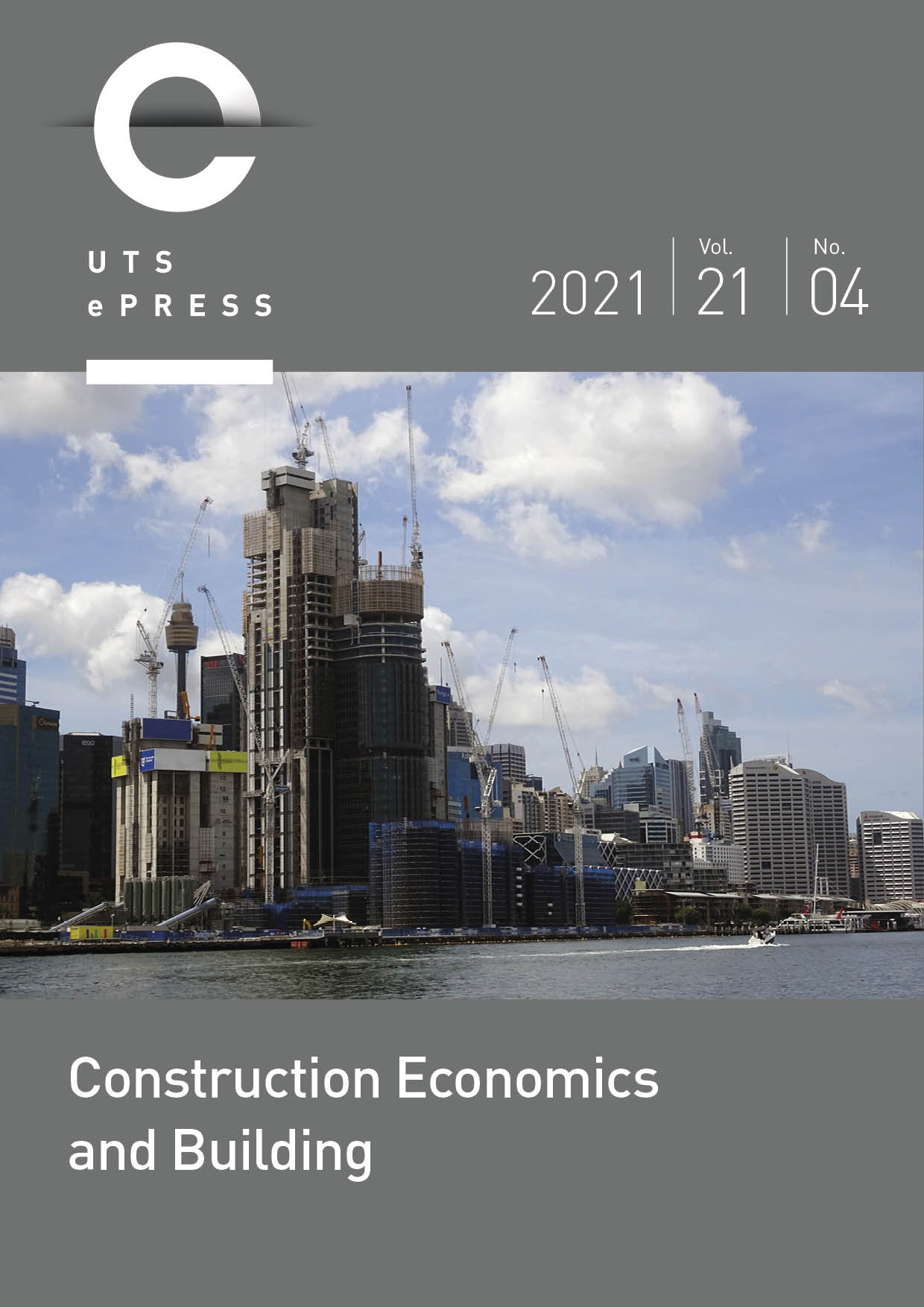Making Sense of Multi-Actor Social Collaboration in Building Information Modelling Level 2 Projects: A Case in Malaysia
Main Article Content
Abstract
Despite the diversity of thinking among the scholars on building information modelling (BIM) collaboration, there is a paucity of studies that capture the dimension of social collaboration in BIM projects. This study attempts to develop a comprehensive understanding on the key attributes of multi-actor social collaboration in BIM projects through the experience of practitioners in BIM-Level 2 construction project. The success of multi-actor social collaboration has been investigated through structured interviews with 22 BIM practitioners in a BIM-Level 2 project based on an established theoretical framework of social collaboration. The findings indicted that relationship-oriented attributes; relational contracts BIM execution plan; guideline, standard and work process manual approaches; employer information requirement (EIR); understanding roles and leadership; commitment from top management; resources; training, team building workshop and awareness program; coordination; and understanding on the theoretical knowledge of BIM are of importance towards multi-actor social BIM collaboration. This study acknowledges that the success of multi-actor social collaboration was influenced by the consolidation of many attributes, and it extends the dominant relationship between related attributes for multi-actor social collaboration based on the "best practice approach", which includes dominant-centric attributes (i.e., behaviour formation, procurement model and support principles). This research contributes to the body of BIM knowledge in the construction domain by focusing on what it takes to achieve greater social collaboration in BIM Level 2 projects.
Article Details
Section
Authors who publish with this journal agree to the following terms:
a) Authors retain copyright and grant the journal right of first publication with the work simultaneously licensed under a Creative Commons Attribution License that allows others to share and adapt the work with an acknowledgement of the work's authorship and initial publication in this journal.
b) Authors are able to enter into separate, additional contractual arrangements for the non-exclusive distribution of the journal's published version of the work (e.g., post it to an institutional repository or publish it in a book), with an acknowledgement of its initial publication in this journal.
c) Authors are permitted and encouraged to post their work online (e.g., in institutional repositories or on their website) prior to and during the submission process, as it can lead to productive exchanges, as well as earlier and greater citation of published work (See The Open Access Citation Advantage Service). Where authors include such a work in an institutional repository or on their website (ie. a copy of a work which has been published in a UTS ePRESS journal, or a pre-print or post-print version of that work), we request that they include a statement that acknowledges the UTS ePRESS publication including the name of the journal, the volume number and a web-link to the journal item.
d) Authors should be aware that the Creative Commons Attribution (CC-BY) License permits readers to share (copy and redistribute the work in any medium or format) and adapt (remix, transform, and build upon the work) for any purpose, even commercially, provided they also give appropriate credit to the work, provide a link to the license, and indicate if changes were made. They may do these things in any reasonable manner, but not in any way that suggests you or your publisher endorses their use.
